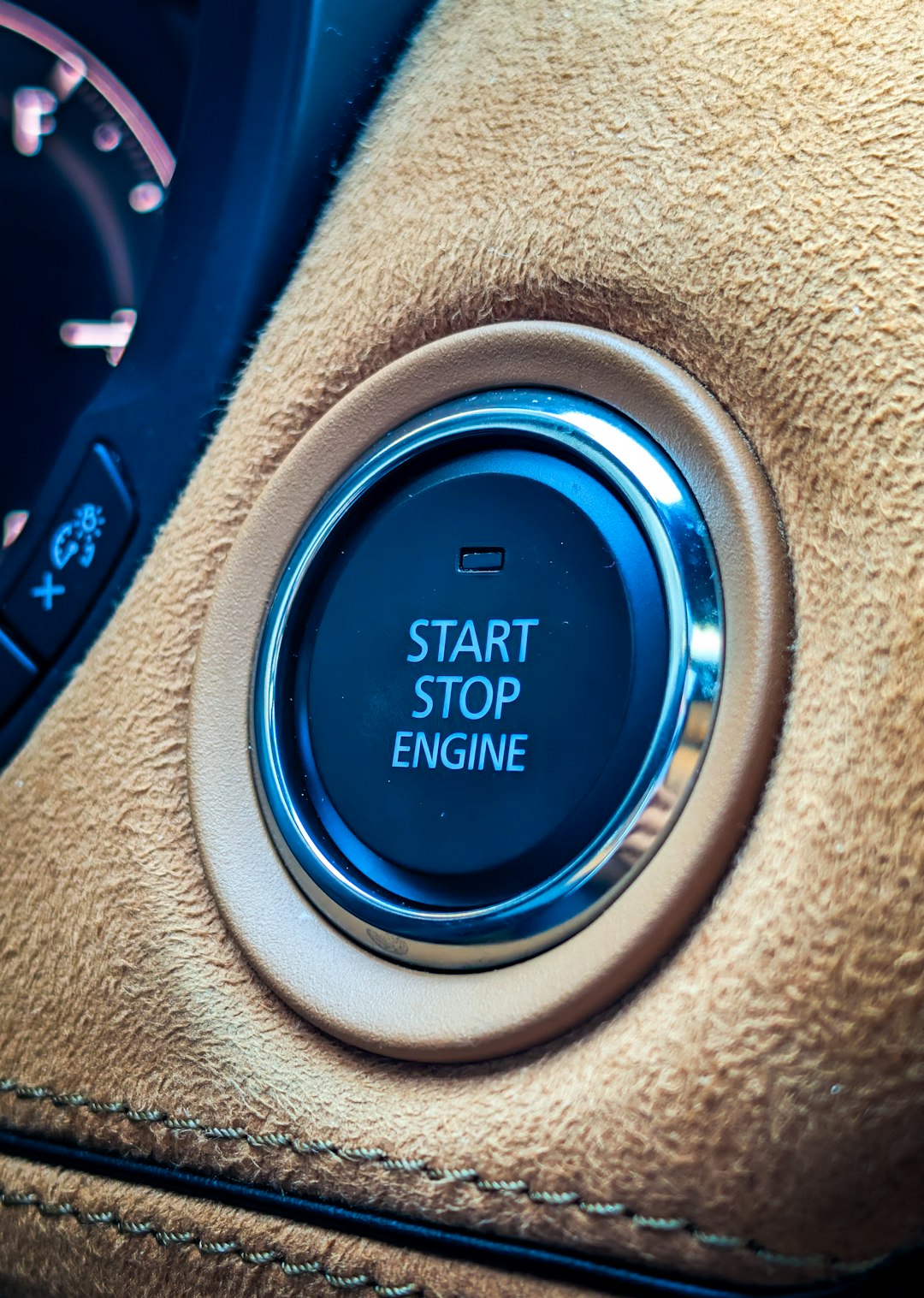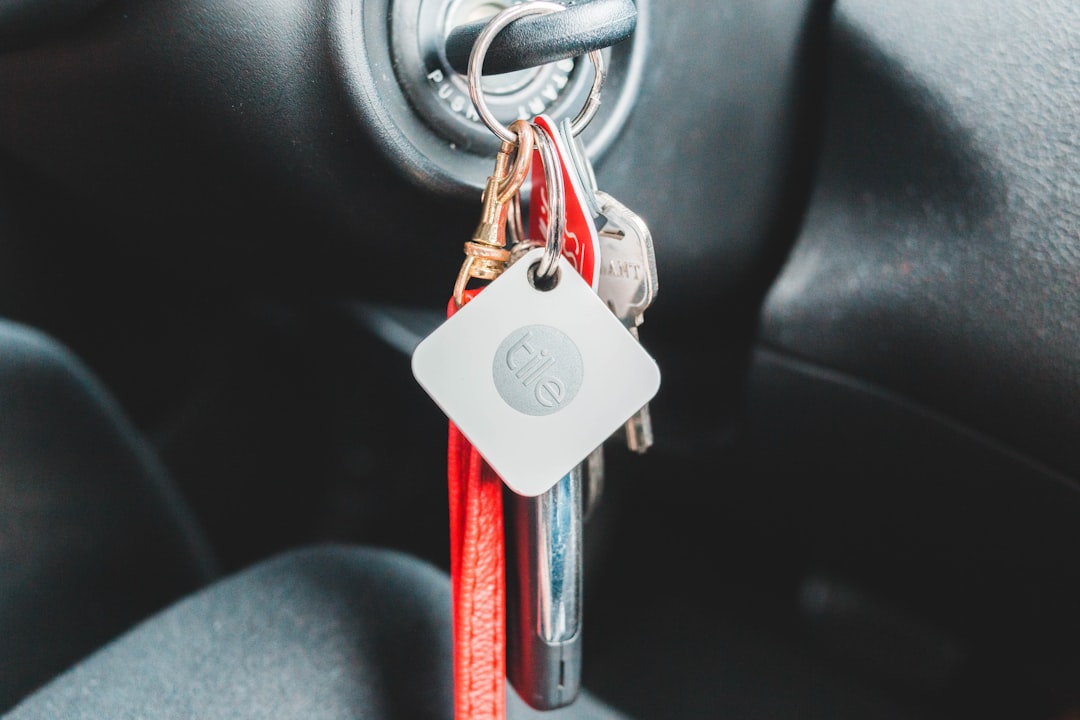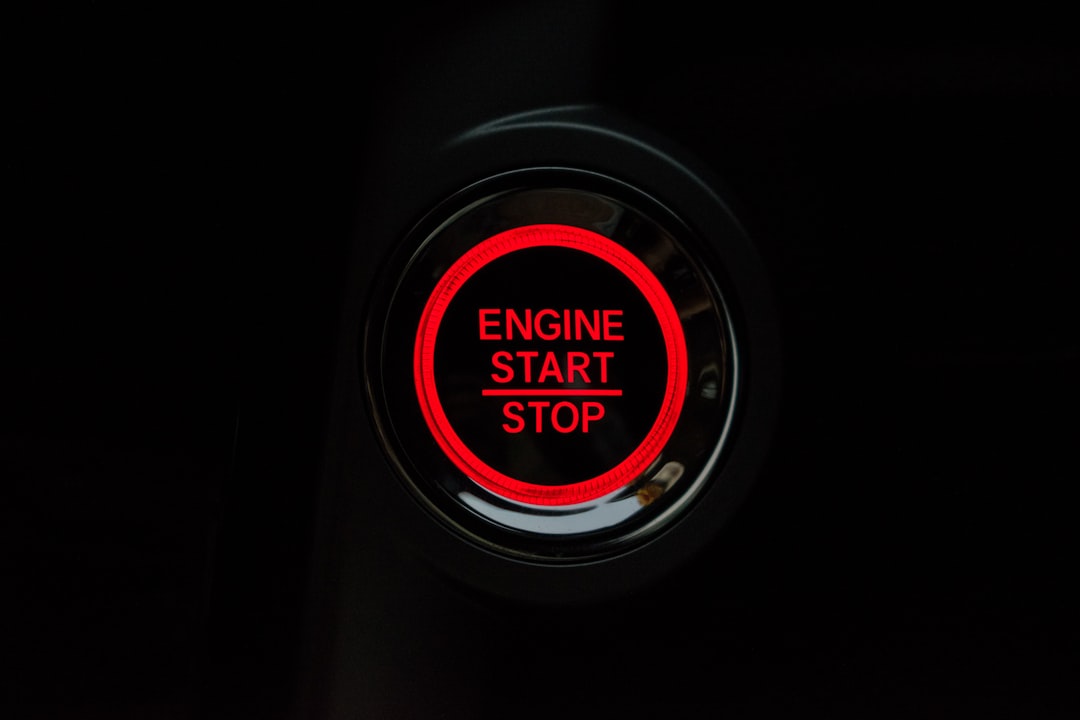Modern vehicle security relies on more than just locking doors and setting alarms. One of the most important yet often overlooked components in your car’s defense mechanism is the car immobilizer. If you’re curious about what a car immobilizer is, how it works, and how to find out if your vehicle has one, you’ve come to the right place. In this guide, we’ll dive deep into this fascinating piece of automotive technology that plays a crucial role in preventing car theft.
What Exactly Is a Car Immobilizer?
A car immobilizer is an electronic security device that prevents a vehicle from starting unless the correct key or token is present. It is designed to block the engine from running by disabling several key components such as the fuel system, ignition, or starter motor. Essentially, it’s your car’s last line of defense against theft.
This anti-theft technology became increasingly common in the 1990s and has been a standard feature in most modern vehicles since the early 2000s. In fact, many drivers are completely unaware their car even has this feature because it functions silently and automatically in the background.
How Does a Car Immobilizer Work?
At its core, a car immobilizer operates based on digital communication between your vehicle’s ignition system and a small chip in the key or key fob. Here’s a step-by-step breakdown of how it works:
- Key Insertion or Proximity Detection: When you insert the key into the ignition or approach the push-button start with a key fob, the car’s onboard computer looks for an electronic signal.
- Electronic Code Exchange: The key contains a transponder chip that sends a coded message to the immobilizer system. This code is unique and must match what is programmed into the vehicle’s Engine Control Unit (ECU).
- Verification Process: The ECU cross-references the received code with its internal database. If the code matches, the immobilizer releases its lock on the engine.
- Vehicle Start-Up: With the device disarmed, the ignition process proceeds, allowing the engine to start and operate normally.
If the code is incorrect or missing altogether, the immobilizer ensures that the engine will not start, rendering the car virtually useless to a thief attempting hot-wiring or other unauthorized starting techniques.

Types of Car Immobilizers
Immobilizer technology has evolved over the years and now exists in a few different forms:
- Factory-Installed Immobilizers: These are integrated into the vehicle during manufacturing and offer the highest level of compatibility and reliability.
- Aftermarket Immobilizers: These are installed post-purchase and provide a certain level of theft protection, though they may be more susceptible to tampering if not installed properly.
- Remote Immobilizers: Some systems now offer remote control via smartphone apps or GPS tracking services that allow a vehicle to be immobilized in case of theft.
Regardless of the version, the primary role remains the same: prevent unauthorized engine startup.
Benefits of a Car Immobilizer
The introduction and widespread use of car immobilizers have had a significant impact on vehicle theft. Here are a few notable benefits:
- Increased Security: Immobilizers drastically reduce the risk of hot-wiring, one of the most common methods of car theft.
- Insurance Discounts: Since immobilizers effectively deter theft, many insurance providers offer reduced premiums for vehicles equipped with them.
- Peace of Mind: Knowing your car cannot be started without the proper key adds a valuable layer of confidence and convenience.
How to Know If Your Car Has an Immobilizer
Now that you understand what a car immobilizer does and how it works, you may be wondering: “How do I know if my car has one?” Here are several methods to find out:
1. Check the Owner’s Manual
The most straightforward way to determine if your car has an immobilizer is to consult your owner’s manual. Manufacturers typically list anti-theft features in the specifications section.
2. Look for a Key or Key Fob with a Chip
If your car key looks bulky or has a plastic casing, it likely contains a transponder chip. Alternatively, a smart key fob used for keyless entry almost always has an immobilizer function built in.
To verify absolutely, you can have the key examined by a dealership or an automotive locksmith. They’ll be able to check whether the chip is present and functioning.

3. Dashboard Warning Lights
Many immobilizer-equipped vehicles show a dashboard indicator when you first enter the car or insert the key. This light may look like a key, padlock, or a car with a slash through it. If it blinks or turns off as the car starts, that usually means the immobilizer is active and functioning correctly.
4. Vehicle Model and Year
As a general rule of thumb, if your car was manufactured after the mid-1990s, there’s a very good chance it comes with a built-in immobilizer. Brands and models vary, but high-end vehicles were quick to adopt this technology, and today it’s a standard feature even in economy cars.
Limitations and Potential Issues
While car immobilizers offer numerous advantages, they’re not without potential drawbacks. Being aware of these issues can save you from headaches down the road:
- Key or Chip Failure: If the transponder chip inside your key becomes damaged or malfunctions, your car won’t start—even if everything else is in perfect condition.
- System Malfunctions: Like all electronic components, immobilizers are susceptible to failures caused by moisture, wiring issues, or software glitches.
- Limited Theft Protection: While incredibly effective against hot-wiring, immobilizers can’t stop forms of theft where keys or key fobs are stolen (like relay attacks on keyless entry systems).
Some of these problems can be resolved easily, but for persistent issues or lost keys, you may need to take your vehicle to the dealership or a certified locksmith for immobilizer reprogramming.
Tips to Maximize Immobilizer Security
If your vehicle does have an immobilizer, here’s how you can get the most protection out of it:
- Protect Your Key or Key Fob: Always know where your keys are, and avoid keeping them in easily accessible spots.
- Use a Faraday Pouch: For smart key fobs, store them in a Faraday pouch when not in use to block potential relay attacks.
- Install Additional Security: Complement your car’s immobilizer with other anti-theft devices like steering wheel locks or GPS trackers.
Conclusion
The car immobilizer is one of the most effective measures ever implemented to reduce vehicle theft. Sleek, silent, and sophisticated, it allows only those with the correct electronic key access to your engine. While invisible to the driver most of the time, its protective role is constant and critical. By knowing how it works, understanding its benefits and limitations, and ensuring your vehicle is properly equipped, you can drive confidently knowing your vehicle is that much safer.
So the next time you start your car and it purrs to life effortlessly, take a moment to appreciate the tiny but mighty system behind the scenes: your car’s immobilizer.




